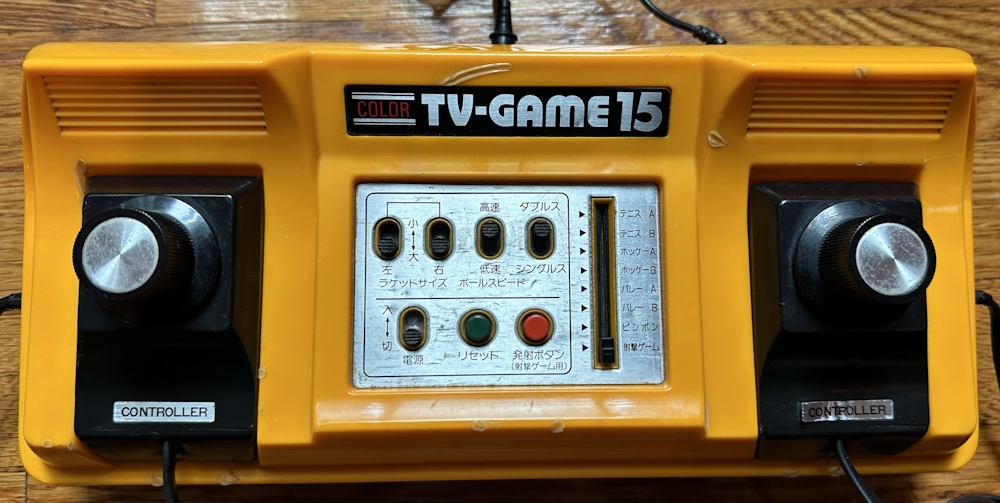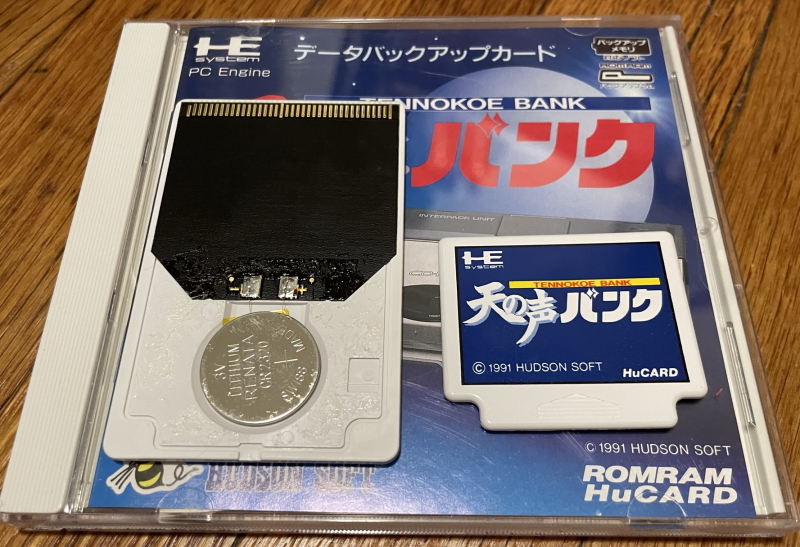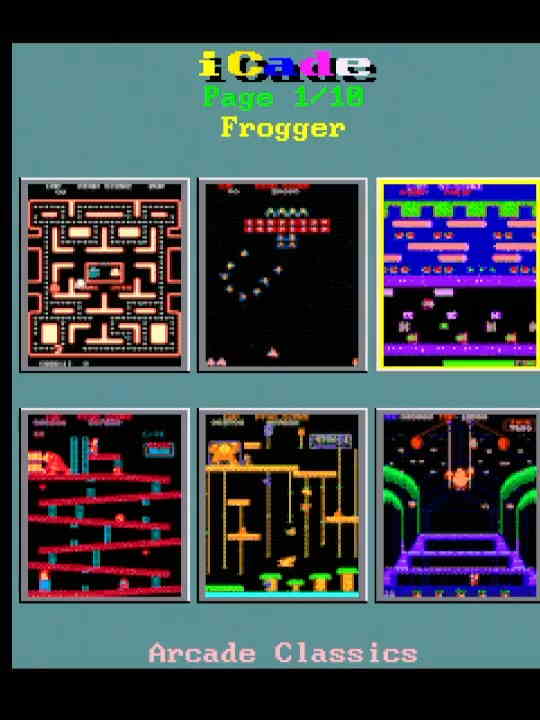Long long before the Switch, Wii-U, Wii, 2DS, 3DS, Gameboy Advance, Gamecube, SNES, Super Famicom, Gameboy, NES or Famicom, there were Nintendo’s Color TV Game 6 and 15.

(Image from Nicole Express)
These were what are now called dedicated game consoles, that can only play games that are built into it. It used to be that these were the only kinds of consoles there were. They’ve made something of a comeback recently, for this is essentially what units like the NES Mini and Atari Flashback are.
Nicole Express has the details. Some interesting facts from her post:
- The Color TV Game 6 and Color TV Game 15 use the same system-on-a-chip design. As sometimes happened back then, the 6 is electrically capable of playing all the games the 15 can, but doesn’t make the 15’s extra game’s selectable.
- The paddles don’t use potentiometers, like nearly every other paddle controller does. They’re switches, meaning no analog control. When your paddle moves up or down, it’s always at a constant speed, making the included Pong-style games play much than on practically every other system.
- All of Nintendo’s game consoles have used a three letter designation. The Switch’s is HAC. The Wii was RVL (Revolution), the DS was NTR (Nitro), the Gamecube was DOL (Dolphin) and the Famicom was HVC. This system may have originated way back here with the Color TV Game: it’s code was CTG.
First is the Worst: Nintendo’s Color TV Game 6 & 15 (Nicole Express)



